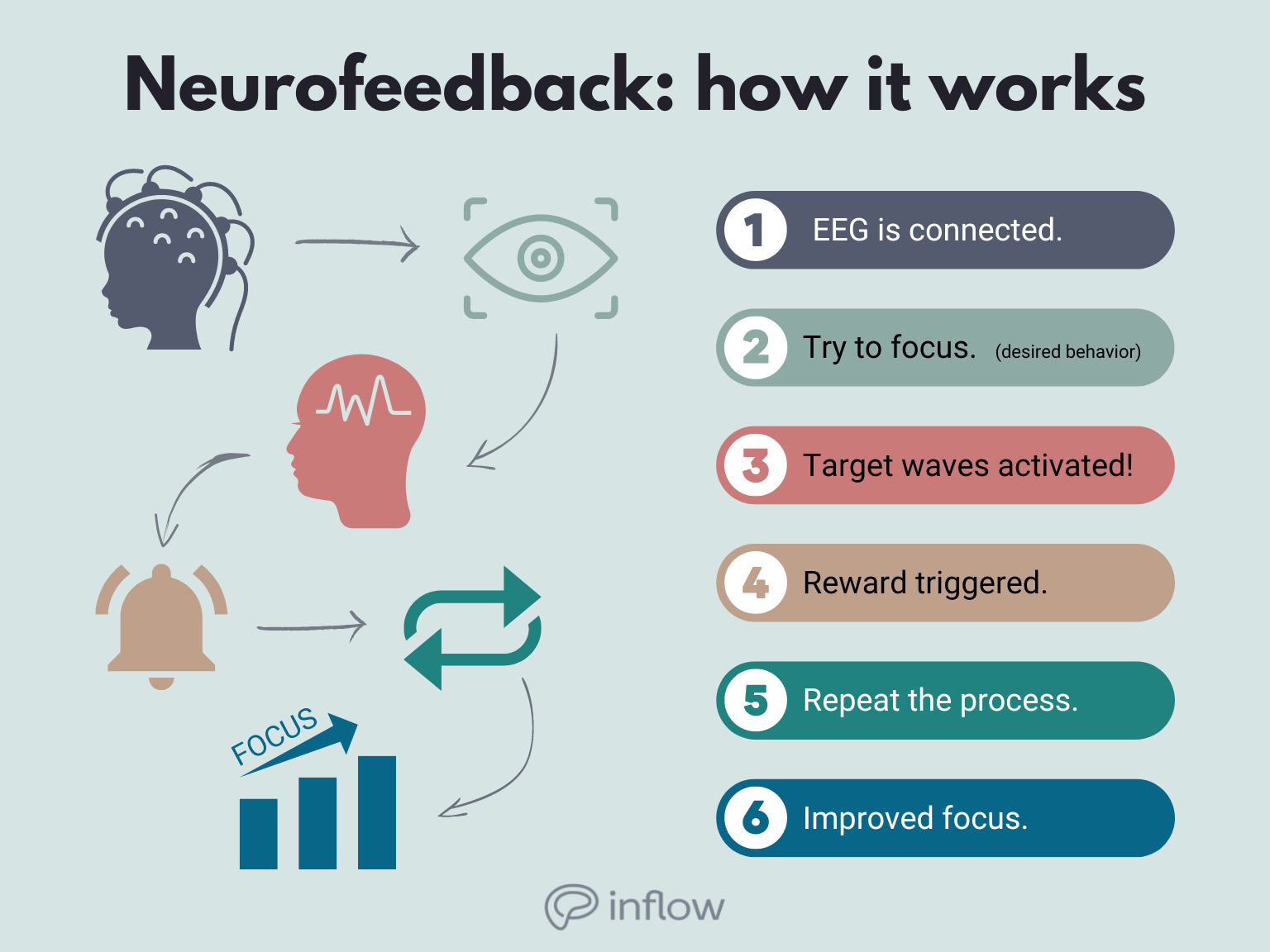Comprehending the human brain is a challenging task, especially when it pertains to mental health. Traditional methods of assessment frequently depend on interviews and questionnaires, which can occasionally overlook crucial aspects about how the brain functions. This is where quantitative electroencephalography, or qEEG, comes into play. qEEG is a specific method that assesses neural activity in the brain. By examining these neural patterns, psychological health professionals can gain valuable understandings into a person's mental state, helping to improve assessment and intervention.
qEEG functions by applying small sensors on the scalp to record neural signals. These electrodes detect neural impulses produced by nerve cells, the cells in the cerebrum that interact with one another. The data collected is then analyzed and displayed as a set of patterns. Each type of brainwave—such as alpha, beta, δ, and θ—corresponds to different psychological conditions and activities. For instance, α waves are commonly linked with relaxation, while beta oscillations are associated to active cognition and problem-solving. By examining these patterns, clinicians can detect irregularities that may indicate mental health concerns.

One of the significant benefits of qEEG is its ability to provide objective information. Unlike conventional evaluations that depend on subjective reports from patients, qEEG provides a distinct view of neural function. This objectivity can help reduce useful link prejudices in diagnosis and lead to more accurate intervention plans. For instance, if a patient is facing stress, qEEG can show particular patterns of brain activity that are associated with anxiety conditions. This data allows psychological health professionals to tailor interventions more effectively, whether through counseling, pharmaceuticals, or alternative approaches.
Moreover, qEEG can be particularly useful in monitoring treatment advancement. By performing qEEG assessments at different stages during treatment, clinicians can monitor variations in neural function over period. This ongoing evaluation helps determine whether a treatment is effective or if modifications are needed. For example, if a patient is not responding to a particular treatment, qEEG may indicate that their neural function has not altered in a manner that suggests improvement. This feedback loop can lead to more personalized and effective mental health treatment.
In conclusion, qEEG brain mapping is a powerful tool in the domain of mental health assessment. By providing objective data about brain activity, it enhances the understanding of various psychological health disorders. This method not only assists in precise diagnosis but also helps in monitoring treatment effectiveness. As psychological health experts persist to investigate the capabilities of qEEG, it possesses potential for enhancing the lives of individuals dealing with mental health challenges. With continuous investigation and progress in techniques, the secrets of the brain may turn more apparent, resulting to better results for those in need of assistance.
Comments on “Unlocking the Secrets of the Mind Through Quantitative EEG Cerebral Mapping in Psychological Health Evaluation”